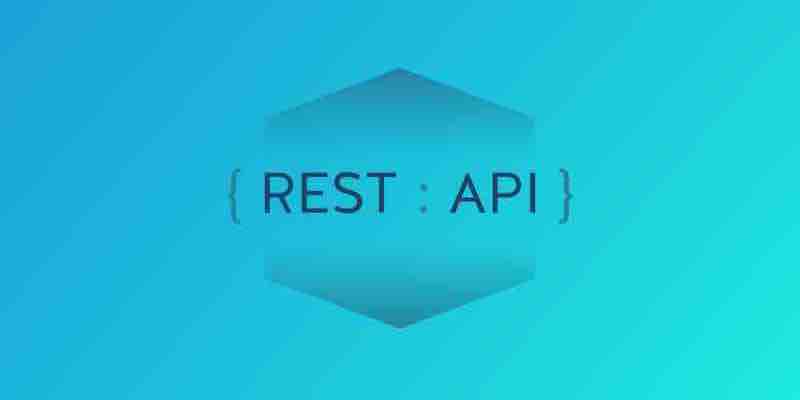SOAP (Simple Object Access Protocol)

SOAP (Simple Object Access Protocol) is a protocol for exchanging structured information to implement web services. It uses XML as its message format and can be carried over various lower-level protocols, including HTTP and SMTP.
SOAP was designed to provide a standardized way for applications to communicate with each other over the web. It provides a way to define the structure of messages, error handling, and security features, making it well-suited for complex, enterprise-level web services.
REST API (Representational State Transfer API) is a type of API that follows the architectural style of Representational State Transfer (REST). RESTful API is a term used to describe a REST API that follows the best API design and implementation practices.
The main difference between SOAP and REST APIs is their design and intended use. SOAP is designed for complex, enterprise-level web services that require a standardized way of exchanging information and handling errors and security. On the other hand, REST APIs are designed to be lightweight, fast, and scalable, making them a popular choice for building modern, cloud-based applications.
We use SOAP because it provides a standard for exchanging structured information and error handling, which is especially important for enterprise-level web services. SOAP is also well-suited for secure communication over the web, making it a good choice for applications requiring high-security levels.
However, REST APIs have become more prevalent in recent years due to their ease of use, lightweight design, and scalability, making them a good choice for many modern web applications. Ultimately, the choice between SOAP and REST will depend on your project’s specific requirements and your API’s intended use.